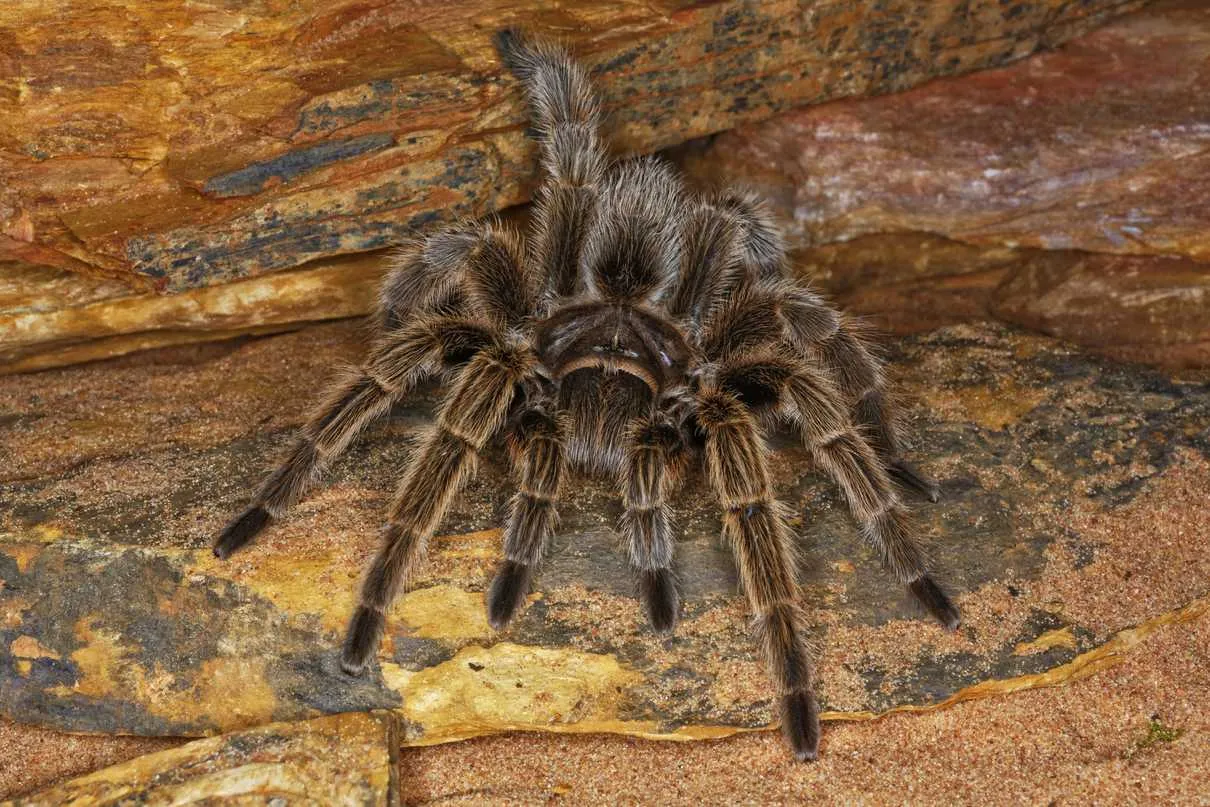Top 7 Tarantula Terrariums Introduction
Choosing the right terrarium is crucial for the health and happiness of your tarantula. A well-designed enclosure provides the necessary environment for your eight-legged friend to thrive, mimicking its natural habitat and ensuring its safety. This guide will delve into the best tarantula terrariums available, highlighting key features to consider and providing you with top picks to suit various tarantula species and your personal preferences. From ventilation to substrate, we’ll cover everything you need to know to create an ideal home for your tarantula. Investing in a suitable terrarium is an essential part of responsible tarantula ownership, contributing significantly to the longevity and well-being of your pet. The information provided will help you make an informed decision, ensuring your tarantula lives a comfortable and enriching life.
What to Consider When Choosing a Tarantula Terrarium
Selecting the ideal terrarium involves careful consideration of several factors, including size, ventilation, and material. The right terrarium will not only provide a safe and comfortable environment but also facilitate your ability to care for your tarantula. Understanding these key elements will help you make a choice that is both practical and beneficial for your pet. It’s about more than just a container; it’s about creating a thriving ecosystem where your tarantula can flourish. Assessing these aspects before making a purchase is essential for responsible tarantula ownership, ensuring you provide the best possible habitat.
Size Matters Choosing the Right Terrarium Size
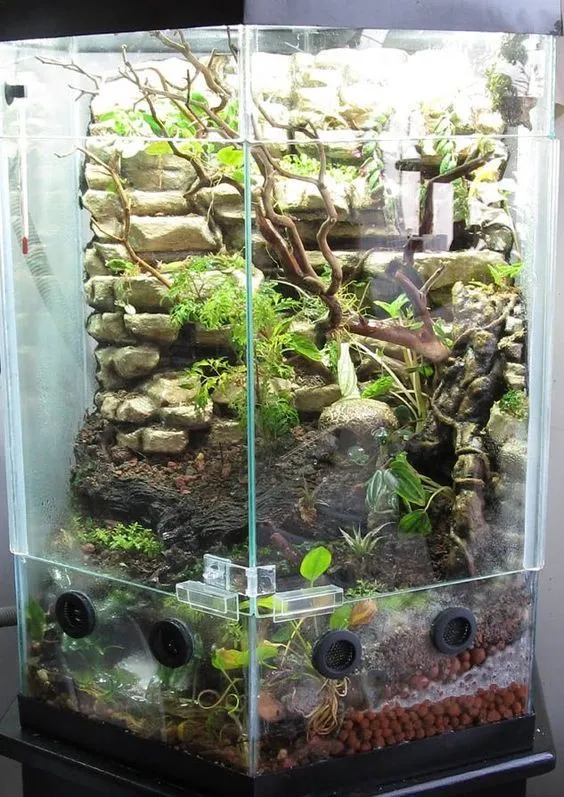
The size of the terrarium is paramount to your tarantula’s well-being. A terrarium that is too small can restrict movement and hinder growth, while one that is too large can make it difficult for the tarantula to find food and feel secure. The appropriate size varies depending on the species and the spider’s stage of development. Generally, the terrarium should be at least twice the tarantula’s leg span in width and length, and the height should allow for adequate burrowing depth and climbing space, depending on the species. Accurate sizing ensures the tarantula has ample room to explore, hunt, and molt comfortably, which are crucial aspects of their natural behavior and health.
Tarantula Species and Their Needs
Different tarantula species have distinct needs regarding terrarium size and setup. Arboreal species, which live in trees, require taller enclosures to accommodate their climbing habits, while terrestrial species, which live on the ground, need wider enclosures for roaming and burrowing. Furthermore, some species are more active and require more space, whereas others are more sedentary. Researching the specific requirements of your tarantula species is vital. Consider their natural habitat, behavior, and preferred microclimate. This tailored approach will ensure the terrarium provides the optimal environment for your tarantula, enhancing its quality of life and allowing it to exhibit natural behaviors.
Growth Stage and Space Requirements
The size of the terrarium should also consider the tarantula’s growth stage. Spiderlings, or young tarantulas, can start in smaller enclosures and be moved to larger ones as they mature. This approach not only prevents them from feeling overwhelmed but also makes it easier to find food. As your tarantula molts and grows, regularly assess whether its current enclosure is still adequate. The transition to a larger terrarium should coincide with significant growth spurts. This process provides the spider with more space, which is essential for their development, allowing them to expand their territory, providing more space for exercise and improving their overall well-being as they grow.
Ventilation Essentials for Healthy Tarantulas
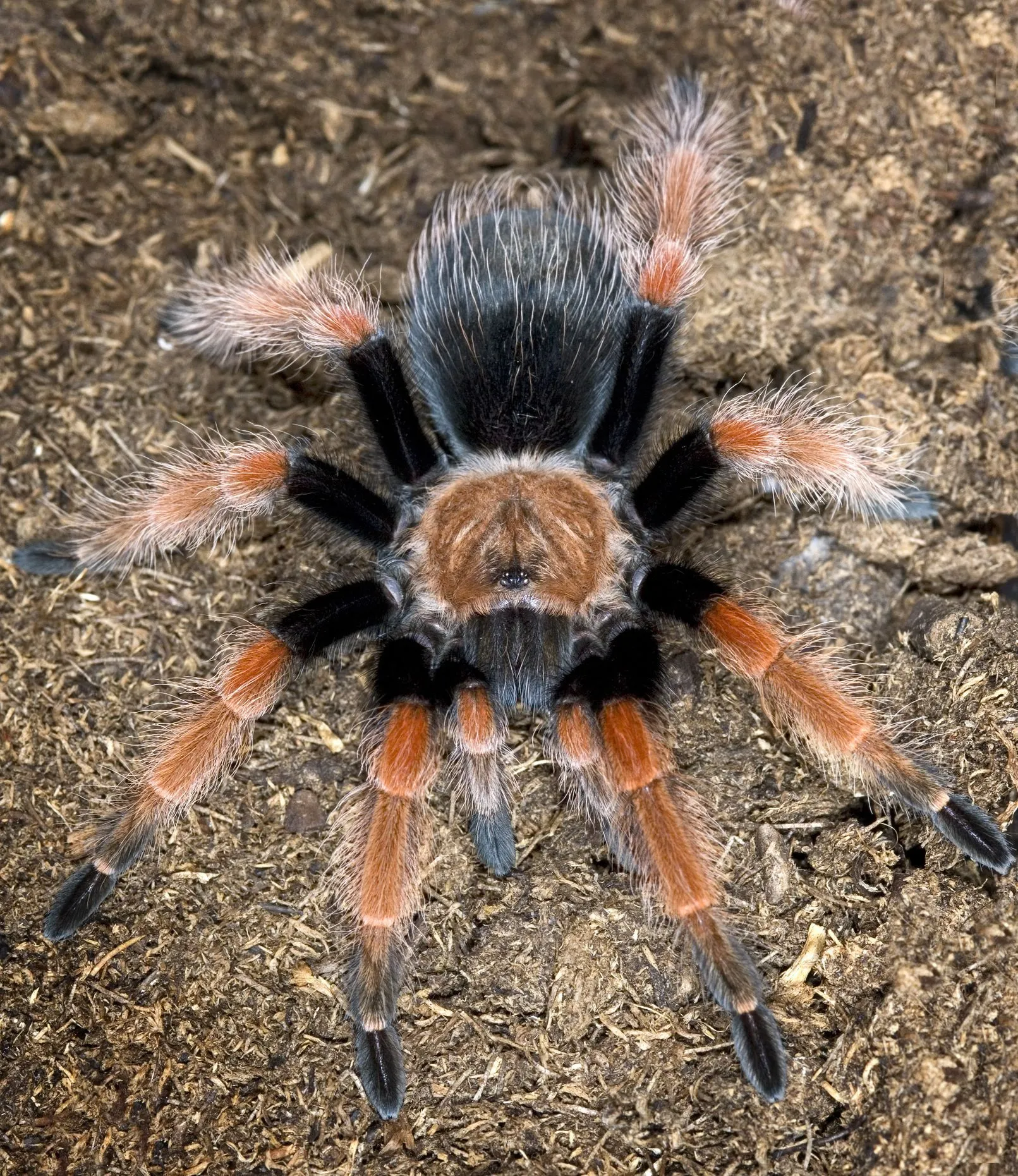
Proper ventilation is a critical aspect of tarantula care, preventing the build-up of harmful mold, bacteria, and stale air. Adequate airflow helps regulate humidity levels, which is crucial, especially for species that thrive in drier environments. Poor ventilation can lead to respiratory issues, fungal infections, and other health problems. A well-ventilated terrarium supports a healthy environment for your tarantula to thrive. Ensuring the terrarium’s design incorporates adequate ventilation will significantly contribute to the spider’s long-term health and well-being.
Why Ventilation is Crucial
Ventilation is essential for maintaining the quality of the air within the terrarium and preventing the growth of harmful organisms. Tarantulas need fresh air to breathe and thrive. Stale air can lead to a build-up of ammonia and other toxic gases, which are detrimental to their health. Good ventilation helps to regulate humidity levels, which is essential for maintaining the proper environment for the species and preventing the development of molds and fungi. Ventilation not only improves air quality but also helps regulate the temperature, preventing overheating and keeping the tarantula comfortable.
Ventilation Types and Their Benefits
Terrariums typically incorporate ventilation through various methods, including cross-ventilation and top ventilation. Cross-ventilation, where air flows in one side and out the other, is often considered the most effective, as it ensures maximum air exchange. Top ventilation is also common, particularly in enclosures with screen tops. Each method has its pros and cons, and the best choice depends on the species and the overall setup. Ensure the ventilation design will not compromise the ability to maintain proper humidity levels, as some species require specific environmental conditions. Selecting the right ventilation method will keep the environment fresh and support the tarantula’s respiratory health.
Material Matters Best Terrarium Materials
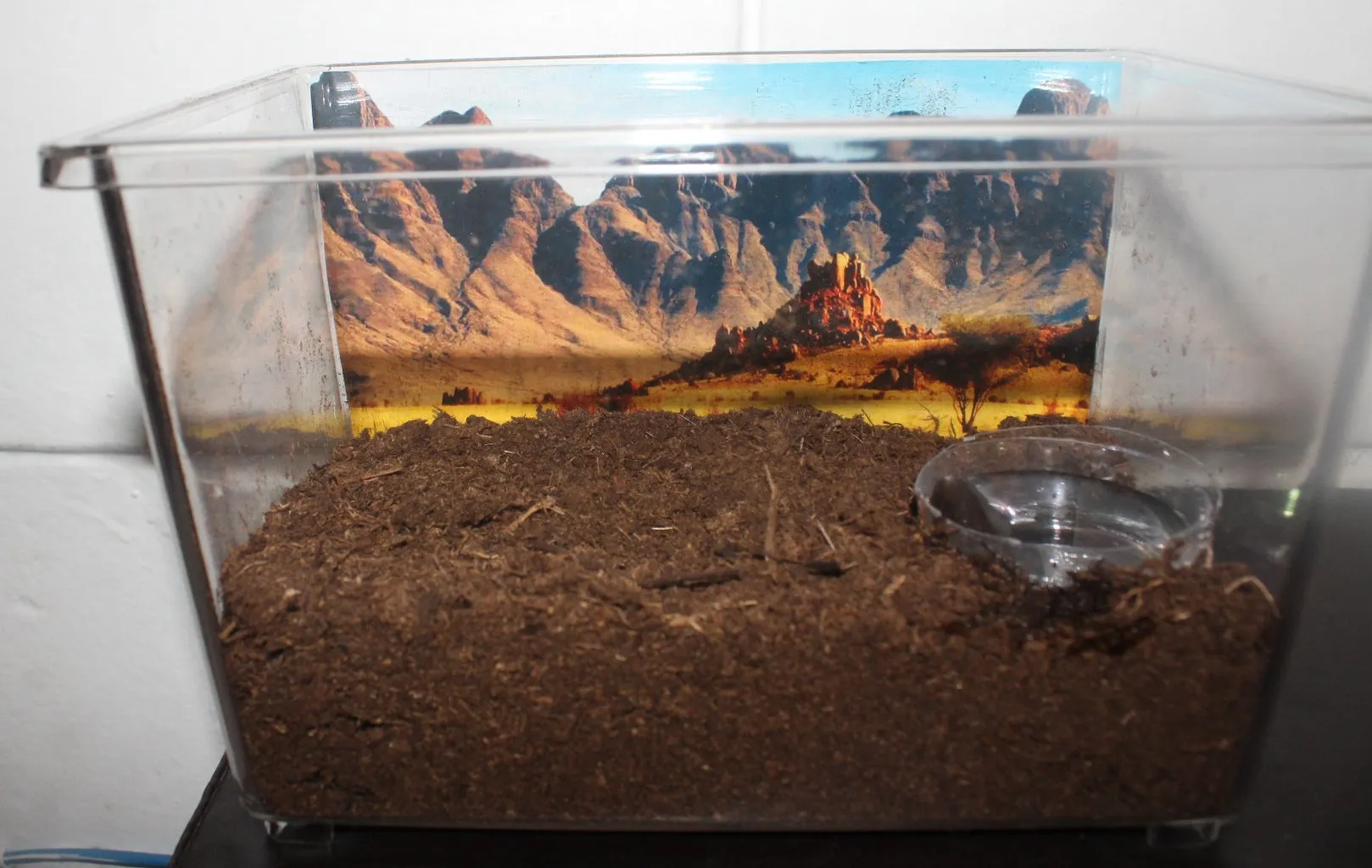
The material of the terrarium significantly impacts its durability, maintenance, and visibility. The two primary materials used for tarantula terrariums are glass and acrylic. Each material has its advantages and disadvantages, influencing the overall suitability of the enclosure for your tarantula. Choosing the right material involves assessing factors such as ease of cleaning, heat retention, and how well you can observe your pet. Understanding these differences will help you select the best terrarium material for your needs and your tarantula’s well-being.
Glass Terrariums Advantages and Disadvantages
Glass terrariums are a popular choice due to their clarity, which provides excellent visibility of the tarantula. They are generally scratch-resistant and easy to clean and disinfect. Glass also tends to retain heat well, which can be an advantage in cooler environments. However, glass terrariums can be heavy and prone to breaking if dropped. The weight can make them more challenging to move and handle. Glass also doesn’t insulate as well as acrylic, which might require external heating solutions in colder climates. Considering these factors, glass terrariums are an excellent option for many keepers, but it’s important to handle them with care.
Acrylic Terrariums Advantages and Disadvantages
Acrylic terrariums are a lightweight and durable alternative to glass. Acrylic is less likely to shatter and offers superior insulation, helping to maintain a stable temperature inside the enclosure. They often come with pre-drilled ventilation holes, ensuring proper airflow. Acrylic is also typically clearer than glass, offering excellent visibility. However, acrylic can scratch more easily than glass, requiring extra care when cleaning. Acrylic terrariums can also be more expensive. Despite these considerations, the benefits of durability and insulation make acrylic a good choice for many tarantula owners.
Top 7 Tarantula Terrarium Picks
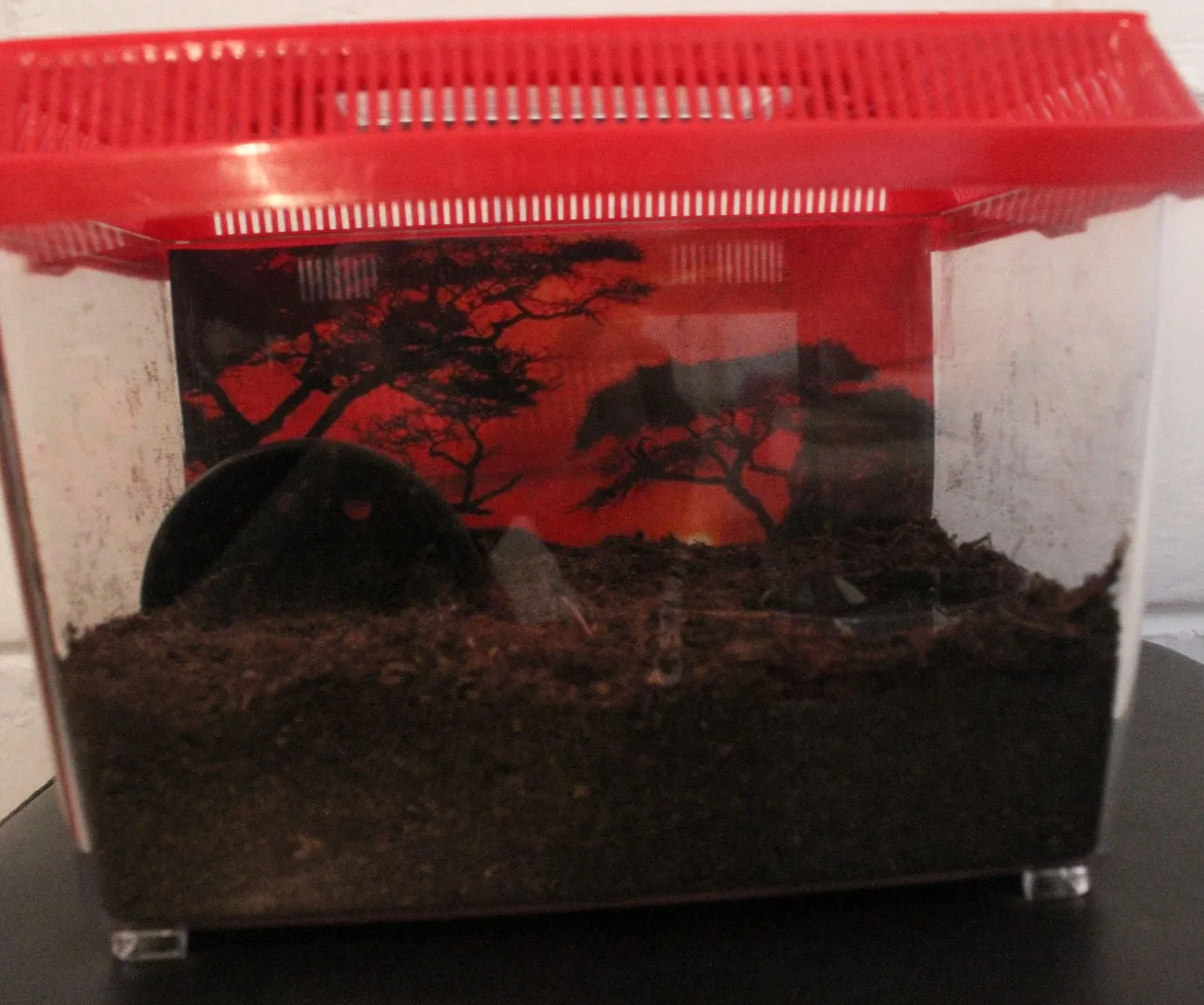
Here are seven of the best tarantula terrariums, considering size, ventilation, material, and overall suitability for tarantula care. Each of these terrariums has been selected based on positive reviews, essential features, and suitability for various species of tarantulas. Remember to choose a terrarium that best suits your specific tarantula’s needs and your care preferences.
Terrarium Pick 1
This terrarium offers a great balance of features and affordability. Designed with ease of use in mind, it includes a secure lid with excellent ventilation. Its durable construction and clear viewing panels make it a good choice for beginners and experienced keepers alike. This terrarium also offers a range of sizes. It is ideal for a variety of terrestrial and arboreal species.
Features and Benefits
- Durable construction
- Secure lid with excellent ventilation
- Clear viewing panels
Terrarium Pick 2
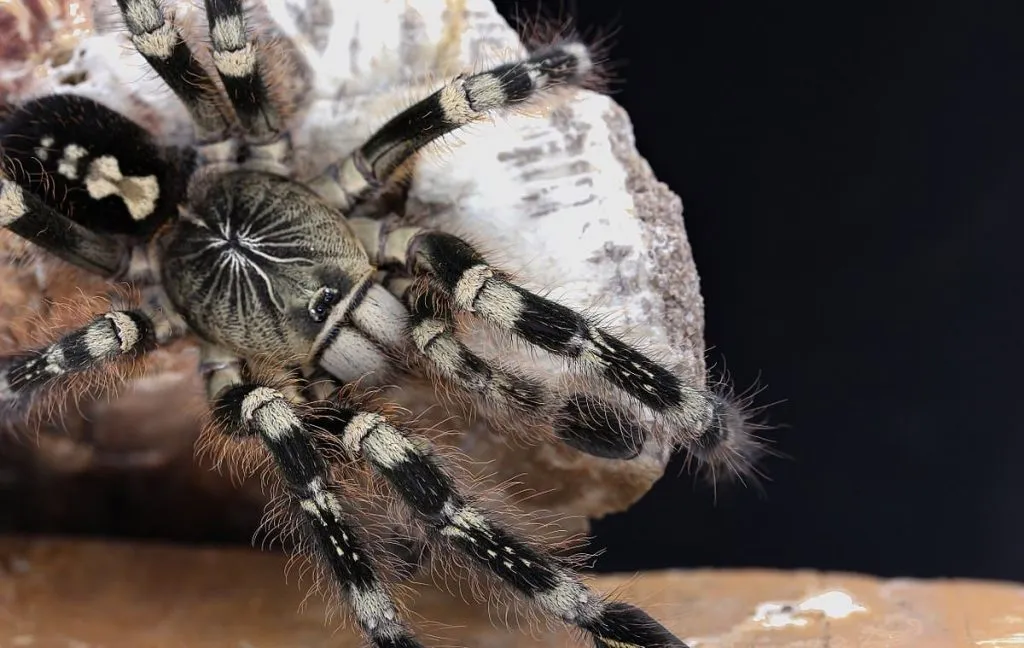
This terrarium is known for its premium quality and stylish design. With superior ventilation and enhanced security features, it ensures your tarantula’s safety and well-being. Its elegant design makes it a beautiful addition to any room. Its high-quality materials provide long-lasting performance and ease of maintenance.
Features and Benefits
- Superior ventilation
- Enhanced security features
- Elegant design
Terrarium Pick 3
Specifically designed for arboreal species, this terrarium provides ample height for climbing and exploring. It includes a secure top with easy access for feeding and maintenance. The vertical design allows your tarantula to thrive in a habitat that mirrors its natural environment.
Features and Benefits
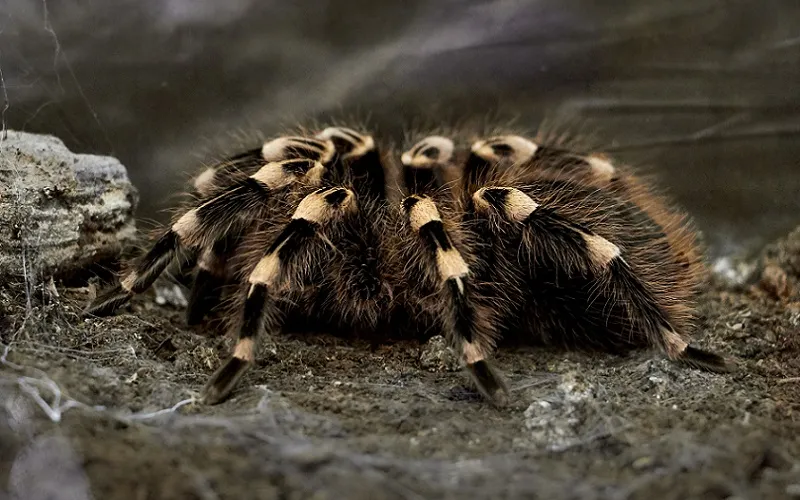
- Tall design for arboreal species
- Secure top with easy access
- Optimal vertical space
Terrarium Pick 4
This terrarium is perfect for terrestrial species, providing a wide footprint for burrowing and roaming. It features secure ventilation and easy access for feeding and maintenance. This terrarium’s thoughtful design supports the comfort and safety of terrestrial tarantulas, promoting natural behaviors.
Features and Benefits
- Wide footprint for terrestrial species
- Secure ventilation
- Easy access for feeding and maintenance
Terrarium Pick 5
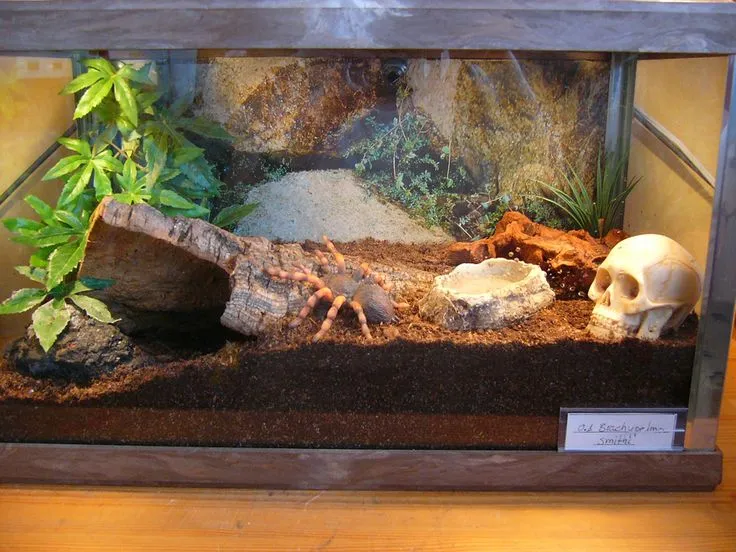
This terrarium is known for its easy-to-clean design, making it an ideal choice for busy keepers. It is made of durable, non-toxic materials and has excellent ventilation to promote a healthy environment. This terrarium simplifies maintenance and provides a safe, comfortable habitat for your tarantula.
Features and Benefits
- Easy-to-clean design
- Durable, non-toxic materials
- Excellent ventilation
Terrarium Pick 6
This terrarium provides optimal humidity control, essential for tarantulas that require specific moisture levels. With specialized ventilation and secure closures, it helps maintain the ideal environment for your pet. This terrarium is an excellent choice for tarantulas needing precise humidity management.
Features and Benefits
- Optimal humidity control
- Specialized ventilation
- Secure closures
Terrarium Pick 7
This terrarium is designed with security as a top priority, featuring a lockable lid and robust construction. It provides peace of mind, knowing your tarantula is safe and secure. With excellent ventilation and easy maintenance, this terrarium ensures a secure and comfortable habitat for your tarantula.
Features and Benefits
- Lockable lid for security
- Robust construction
- Excellent ventilation and easy maintenance
Setting Up Your Tarantula Terrarium
Once you have selected the right terrarium, the next step is setting it up to create a comfortable and safe environment for your tarantula. This process involves choosing the right substrate, creating the appropriate humidity levels, and adding decorations and hiding spots. A well-set-up terrarium helps your tarantula thrive and allows you to observe its natural behaviors. Proper setup is key to your tarantula’s well-being. Make sure to research the specific needs of your tarantula species to provide the ideal environment.
Substrate Selection
The substrate is the bottom layer of the terrarium, providing a place for your tarantula to burrow and roam. The substrate should be absorbent, non-toxic, and capable of retaining moisture if needed. The ideal substrate varies depending on the species. For example, many terrestrial species thrive on a mix of coconut fiber and peat moss. Consider the tarantula’s natural habitat when selecting a substrate. It is essential to provide a substrate that mimics their native environment, which provides comfort and supports natural behaviors. This will improve their overall health.
Popular Substrate Options
Popular substrate options include coconut fiber (coco coir), peat moss, and a mix of these with topsoil. Sphagnum moss can be used to create humid microclimates within the enclosure. Always ensure that the substrate is free from pesticides and other harmful chemicals. Avoid substrates like wood shavings, which can be harmful to tarantulas. Choosing the right substrate will directly impact the tarantula’s comfort, health, and ability to express natural behaviors. Regular maintenance and replacement of the substrate are also critical for maintaining a healthy environment.
Creating the Right Humidity
Humidity is a critical factor in tarantula care, and it can vary widely depending on the species. Some species require high humidity, while others prefer drier conditions. To create the right humidity, you can mist the terrarium with water, ensuring you do not oversaturate the enclosure. The substrate’s moisture level also plays a significant role in maintaining humidity. Providing a water dish is also important. The water dish should be shallow to prevent the tarantula from drowning. Maintaining proper humidity requires careful monitoring and adjustments based on your tarantula’s specific needs and the environmental conditions.
Monitoring Humidity Levels
Use a hygrometer to monitor humidity levels regularly. Place the hygrometer inside the terrarium, away from direct moisture sources. Aim to maintain humidity levels that match your tarantula’s specific needs. If humidity is too low, increase misting or add a water dish. If the humidity is too high, improve ventilation. Regular monitoring is crucial for maintaining the ideal environment and preventing health issues related to improper humidity. Proper humidity will also help with molting.
Adding Decorations and Hiding Spots
Decorations and hiding spots are essential for a tarantula’s well-being. They provide a sense of security, reduce stress, and allow the tarantula to exhibit natural behaviors. Adding these features will enrich the environment and improve your tarantula’s overall well-being. Ensure all decorations are non-toxic and free from sharp edges. Regularly inspect decorations for mold or damage.
Essential Decorations
Essential decorations include cork bark, artificial plants, and sturdy branches for arboreal species. These elements create a naturalistic environment that mimics the tarantula’s natural habitat. Providing a hide offers a safe retreat, allowing the tarantula to feel secure and stress-free. Use decorations of varying sizes and types to add visual interest and encourage exploration. The correct decorations will make the environment fun and safe for your tarantula.
Tarantula Terrarium Maintenance
Regular maintenance is essential for keeping your tarantula’s terrarium clean and healthy. It involves cleaning the enclosure, spot-cleaning the substrate, and providing fresh water and food. These tasks not only maintain a healthy environment but also provide opportunities for you to observe your tarantula and ensure its well-being. Consistent maintenance will help to maintain your tarantula’s health and a comfortable environment.
Cleaning and Spot Cleaning
Spot-clean the terrarium regularly, removing any uneaten food, molted skins, or fecal matter. This prevents the build-up of mold and bacteria. A full cleaning of the terrarium is necessary periodically. Carefully remove the tarantula and transfer it to a temporary, secure container. Replace the substrate and clean the enclosure with a reptile-safe disinfectant. Always rinse the terrarium thoroughly after cleaning. Cleaning frequency depends on the size of the terrarium and the tarantula’s waste production.
Watering and Feeding
Provide fresh, clean water in a shallow dish. Change the water regularly to prevent the growth of bacteria. Feed your tarantula appropriately sized insects or other prey, depending on its species and age. Remove uneaten food within 24 hours to prevent mold and pest infestations. A varied diet ensures your tarantula receives essential nutrients. Monitor the tarantula’s feeding habits to ensure it is eating appropriately, and adjust feeding frequency as needed. Proper feeding is essential for the tarantula’s growth, health and for the molting process.
Conclusion
Choosing the best tarantula terrarium involves careful consideration of size, ventilation, and material, ensuring your pet has a safe and comfortable home. Remember to research the specific needs of your tarantula species and adjust the setup accordingly. Regular maintenance is crucial for maintaining a healthy environment. By following these guidelines, you can create an ideal habitat that allows your tarantula to thrive and live a long, healthy life. Enjoy the unique experience of caring for these fascinating creatures.
